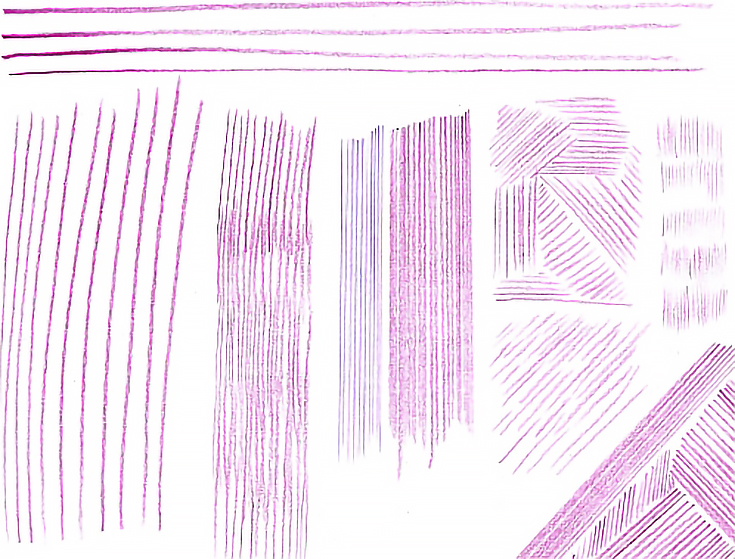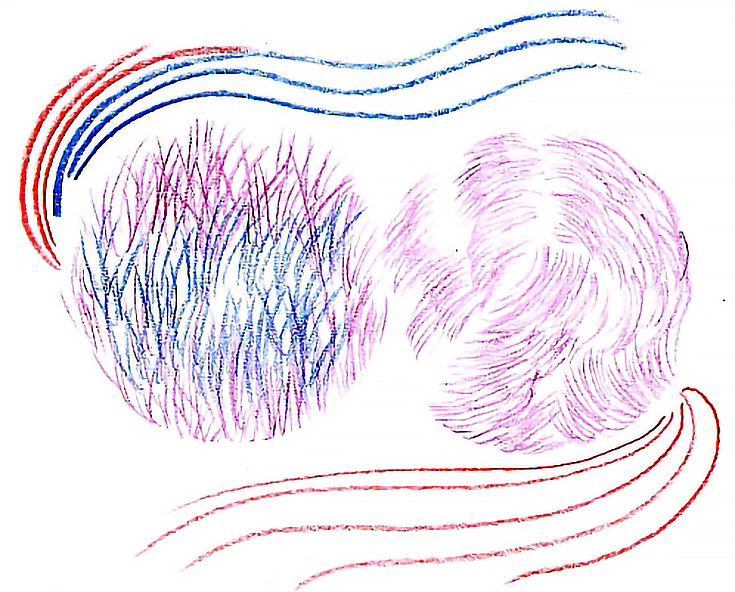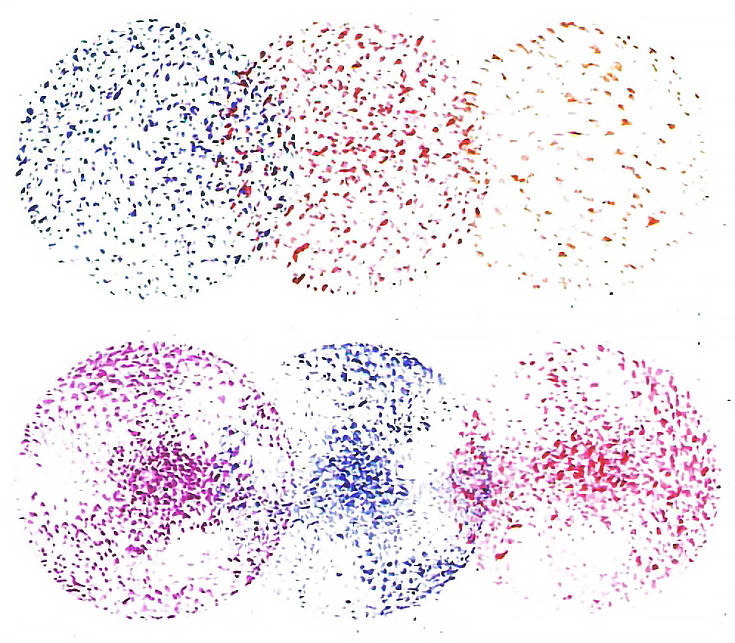drawing tree branches direction of pencil strokes
Today I'll be demonstrating five basic pencil strokes which are the foundation of all colored pencil work no matter what technique or style you choose to draw in. Master these and no subject will be beyond your ability to render.
Lines
The most basic stroke is the line. It's also one of the most versatile.
You can achieve a variety of effects by changing the sharpness of the pencil, the way you hold the pencil, and the pressure you apply. Using the side of the pencil with light pressure results in a wider line with softer edges. A sharper pencil and heavier pressure creates a darker, sharper edged line.
The amount of space between the lines also affects the result. The more white space, the lighter the color, especially when viewed from a distance.
Combining lines of two or more colors creates mixed color.
Use lines to create several layers of color quickly over large areas. Lines work well at any stage, but are especially useful for under painting or base colors.

Most of the lines in this illustration were drawn freehand. Use a straight-edge and more precise placement for a more precise look, as shown in the middle right and lower right corner.
Only your imagination can limit the variety of lines.
Crosshatching
When you draw lines that overlap in two or more different directions, you are crosshatching.
As with the basic line, the space between individual lines affects the appearance of the finished work. Crosshatching with lots of space between the lines creates an open, fairly light value. Lines drawn closer together or with heavier pressure produces a darker value and/or a more saturated color layer (less white space).
Use a blunt pencil for lines with softer edges and sharpened pencils for finer, harder-edged lines. Vary line quality and/or color from one layer to the next for a virtually endless range of colors, values, and patterns.

Crosshatching is a great way to fill in large areas of color quickly.
Circular strokes
This is an excellent stroke for areas where you need to fill in color quickly, but you don't want a linear pattern to show.
Vary your stroke with a sharp pencil, a blunt pencil or the edge of a pencil. Use small circular strokes with very little white space for more even color. Create mottled color by layering different colors with the same type of stroke.
In this illustration, the sample on the left contains small strokes placed close together to fill in more space. The blue circle was drawn with medium sized strokes and the red circle with more open strokes. Medium pressure was used on all three. I also kept the pencils sharp and worked in the same pattern with each circle.

For an even color area, use smaller circles and apply the color several times over the area, working in different directions to fill in as much white space as possible.
This stroke is ideal for foliage on trees and bushes, and for curly hair of any length. Layer circular and parallel line strokes in a crosshatching pattern to create skies and other areas when you don't want a pattern to develop.
Directional strokes
The primary difference between this stroke and a basic line is movement. Directional strokes follow a direction and pattern that simulates whatever you're painting.
Use directional strokes when painting animal hair. Change the length and direction of the stroke depending on the length of the hair and the location on the body. For the flowing mane of a horse or for a woman's long hair, begin the stroke close to the skin and stroke in the direction the hair is growing or moving.
To draw grass, work from the ground up. Use a directional stroke to simulate the groves and ridges in the bark on a tree.
In both cases, a background or base color speeds the process, but you can tackle the entire area with a directional stroke. Block in basic colors and values, then add highlights and accents by following the direction of growth.

Tapping
This method involves little or no stroking. Instead, hold the pencil vertically and tap the paper. It's an accent stroke that can be combined with shading or any of the other strokes to create the look of texture. Use a sharp pencil to make tiny, distinct marks. A blunt pencil will make larger, less defined marks.
Apply the marks evenly for a more uniform appearance (top row below) or apply them in overlapping layers to create variations in color density and value (bottom row below).

To create the sample above, I used heavy pressure each time I tapped. It was heavy enough that the tip of the blue pencil broke. Since breaking a lead may damage the paper or leave unwanted marks, use softer pencils whenever possible. That reduces the amount of pressure necessary to leave marks.
I use this tapping stroke to add leaf accents to trees, lights and darks to stony or rocky areas, and wherever else I need bits of bright highlights or deep value accents. These accents are near the end of the painting process and are usually the darkest or lightest colors.
The best drawings usually combine most or all of these strokes to simulate a variety of textures. As you look at your subject matter, imagine which stroke would work best to depict the texture that you see, and then experiment (on scratch paper first, if necessary) to see if you're correct.
Good luck!

This post may contain affiliate links.
santiagosquen1953.blogspot.com
Source: https://emptyeasel.com/2012/08/27/the-5-basic-colored-pencil-strokes/
0 Response to "drawing tree branches direction of pencil strokes"
Post a Comment